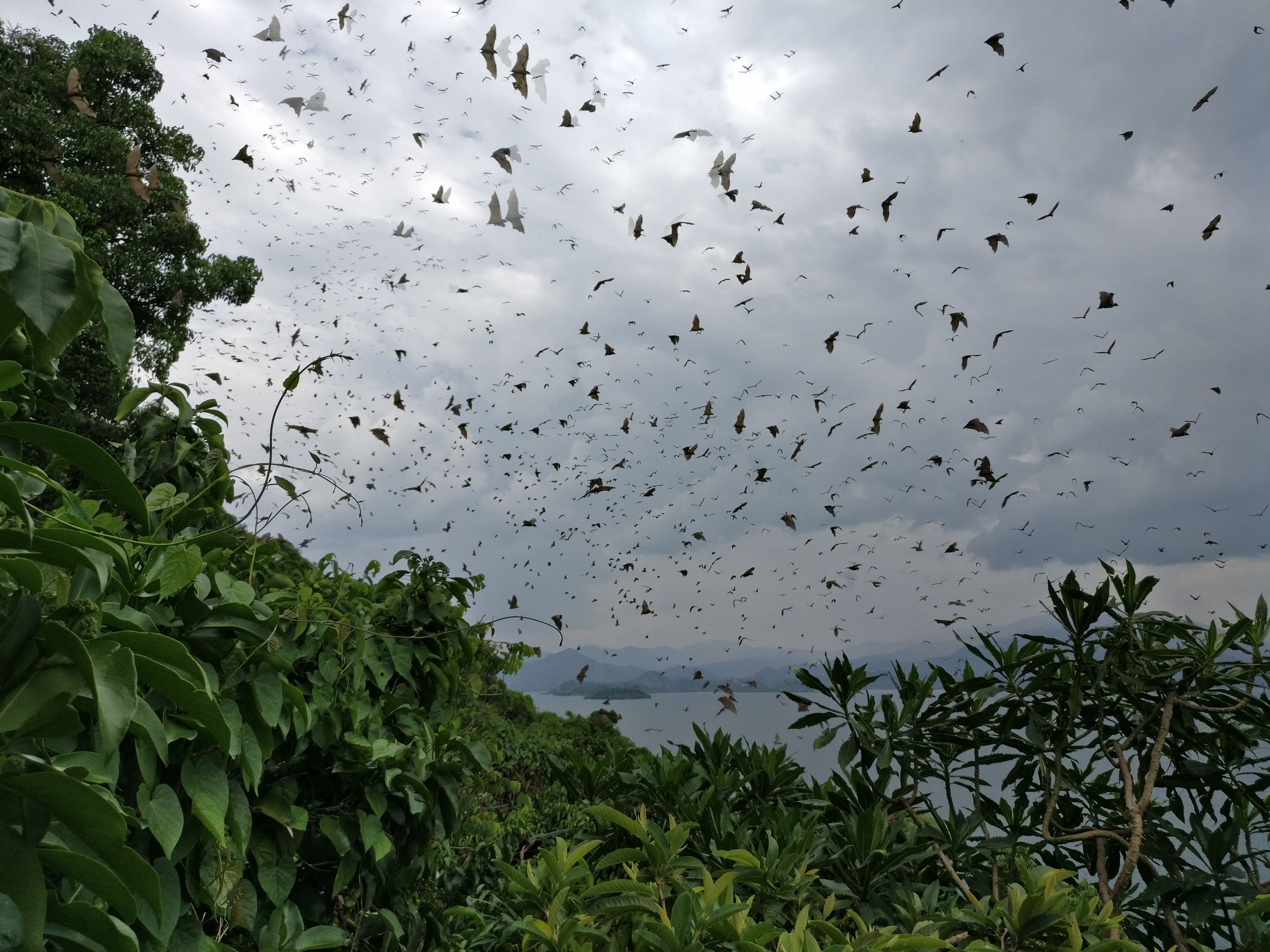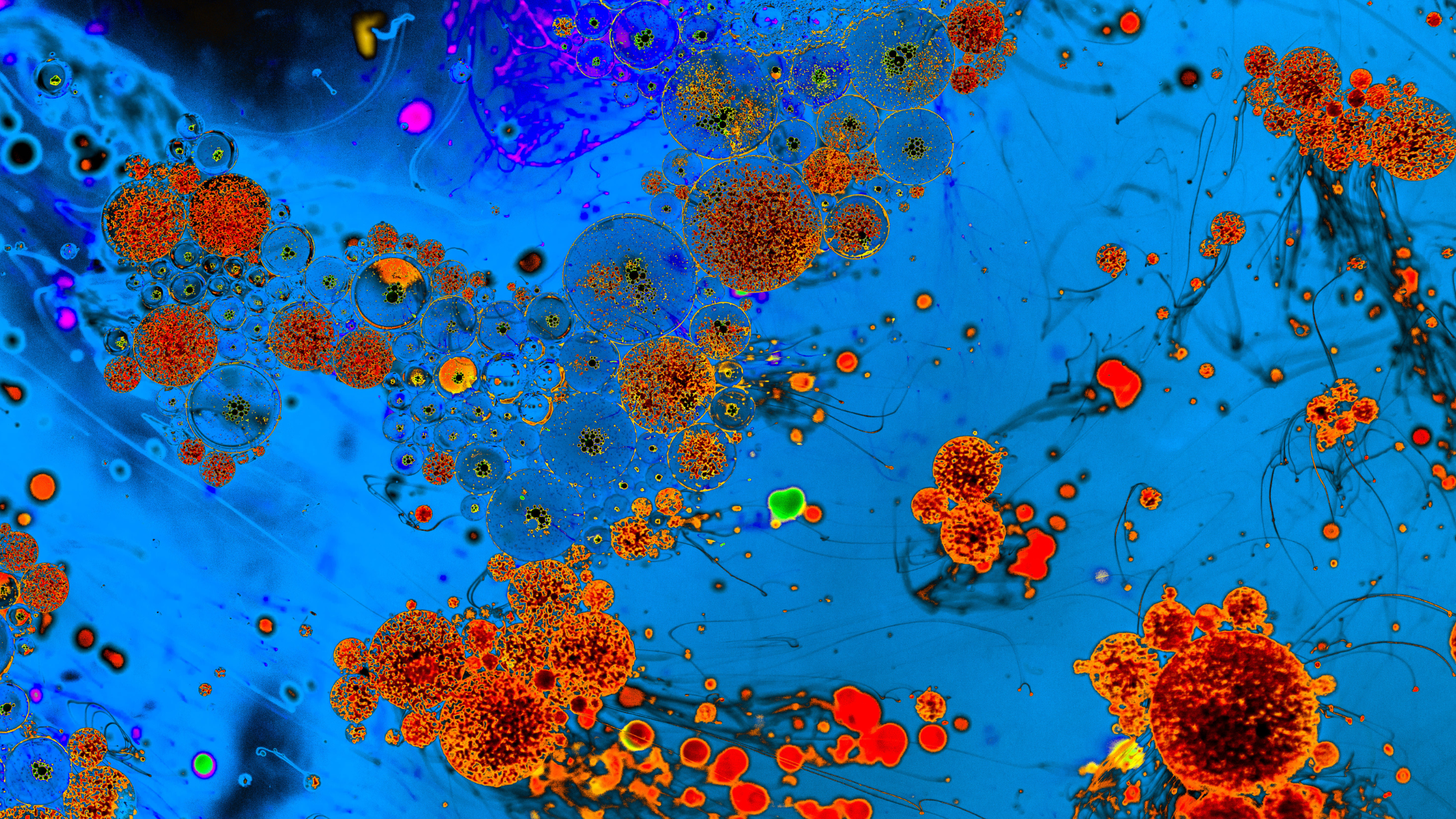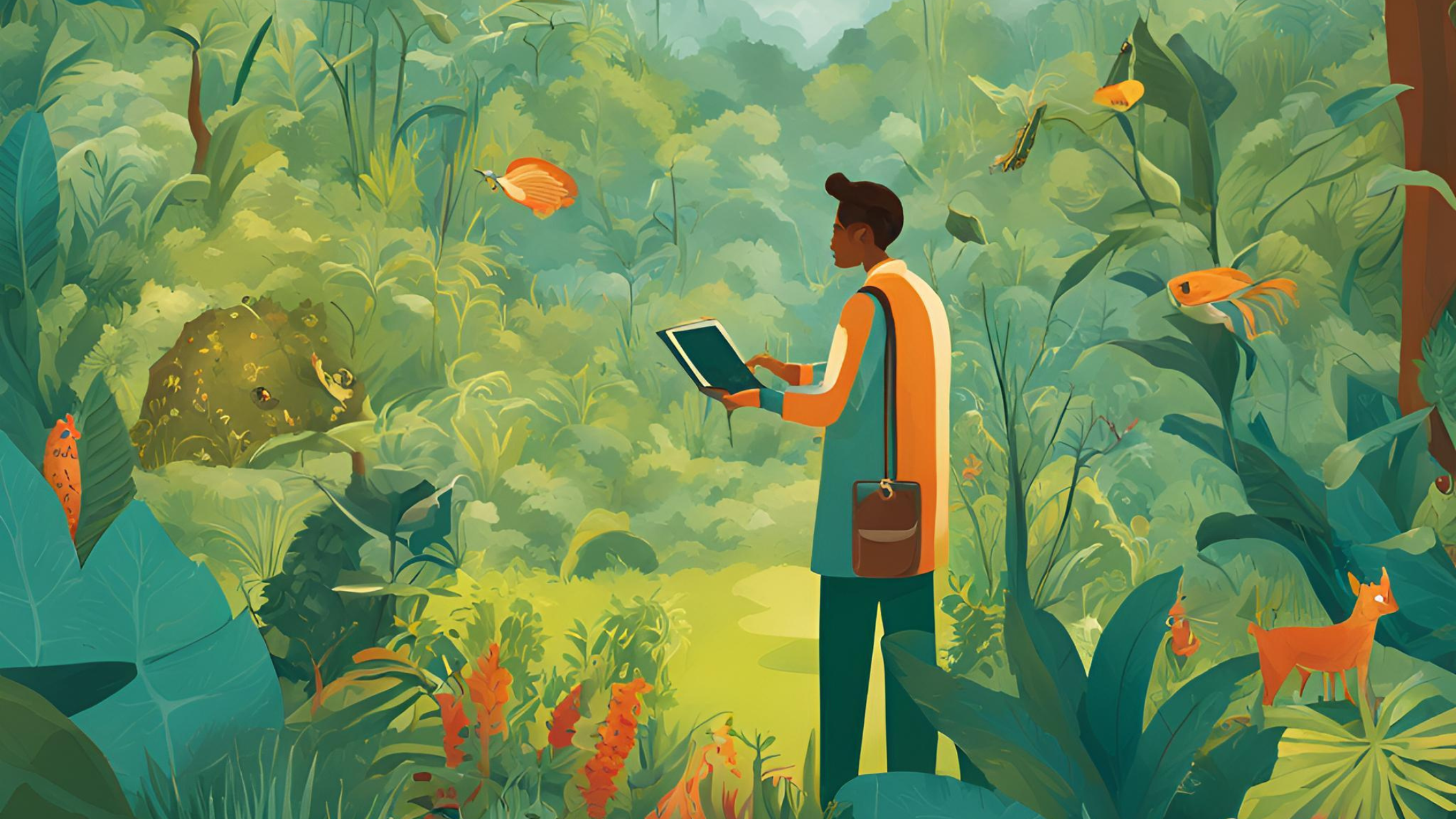Strengthening Disease Surveillance in Guinea: Insights from Dr. Djiba KABA
In Guinea, a country with rich biodiversity and frequent human-wildlife interactions, understanding zoonotic disease emergence is crucial for pandemic preparedness. BCOMING has been actively involved in disease surveillance, and Dr. Djiba KABA from the Centre de Recherche et de Formation en Infectiologie de Guinée (CERFIG) has played a crucial role in coordinating these efforts. In this interview, he shares insights into fieldwork, community engagement, and scientific advancements in zoonotic disease research.

The fieldwork component of BCOMING in Guinea began in late 2022 and required extensive preparation. The team had to secure ethical approvals from the National Ethics Committee for Health Research (CNERS) and obtain a capture permit from the General Directorate of the Guinean Office of National Parks and Wildlife Reserves.
"Before starting field activities, we trained our team on biosafety measures, as well as rodent capture and sampling techniques," Dr. KABA explains. "For bat sampling, we benefited from prior experience with projects such as EBOSURSY. Regarding human sampling, we collaborated closely with health authorities and local community agents to ensure seamless coordination."
Engaging with local communities was a key aspect of the process. Community agents were responsible for informing residents before the field team’s arrival, helping facilitate smooth operations. The sampling missions typically involved a well-organized team consisting of sampling agents, investigators, and a mission leader to oversee technical aspects. Thanks to this meticulous planning, most sampling efforts were carried out successfully.
The research team has been closely monitoring bat and rodent populations to assess their biodiversity and potential roles in zoonotic disease transmission.
"Our studies on rodents have revealed a diversity of micromammals, including Mastomys spp., which are known reservoirs of the Lassa virus," says Dr. KABA. "These specimens have been sampled and are currently being analyzed in the laboratory."
These ongoing analyses contribute significantly to understanding pathogen circulation in wildlife and inform risk mitigation strategies. The integration of local communities into surveillance activities ensures that findings translate into preventive actions, reducing the risk of future outbreaks.
CERFIG has also played a leading role in developing antibody detection protocols and standardizing molecular assays to improve disease surveillance.
"One of the major challenges in protocol development is the lack of control over the targeted pathogen and the time required to establish reliable assays," notes Dr. KABA. "Despite these challenges, our work is positioning CERFIG as a key player in the surveillance of emerging and re-emerging diseases. It also strengthens Guinea’s ability to respond to epidemics."
By advancing diagnostic techniques, CERFIG is enhancing regional capacity to detect zoonotic spillover events early, helping mitigate potential health threats.
A core component of BCOMING’s approach in Guinea has been the co-development of a One Health disease surveillance system, which bridges the gap between human, animal, and environmental health sectors. To support this, CERFIG has organized workshops aimed at strengthening local capacity in disease monitoring.
"These workshops have increased community awareness of zoonotic diseases and improved their participation in epidemic preparedness through information sharing, experience exchange, and role-playing exercises," says Dr. KABA.
Key themes covered in the awareness campaigns include:
- Risks associated with handling animal carcasses
- The importance of biodiversity conservation
- Safe human-wildlife interactions
The anticipated impact of these efforts extends beyond Guinea, serving as a model for regional pandemic preparedness.
The work led by CERFIG under BCOMING demonstrates that integrated, community-driven disease surveillance is essential for preventing future pandemics. Through field sampling, laboratory analyses, and community engagement, Guinea is strengthening its ability to monitor and respond to zoonotic threats.
By continuing to develop cutting-edge diagnostic tools and enhancing local knowledge, projects like BCOMING pave the way for more resilient public health systems—not only in Guinea but across the region.
For more insights on BCOMING’s initiatives in zoonotic disease surveillance, stay tuned to our blog!


